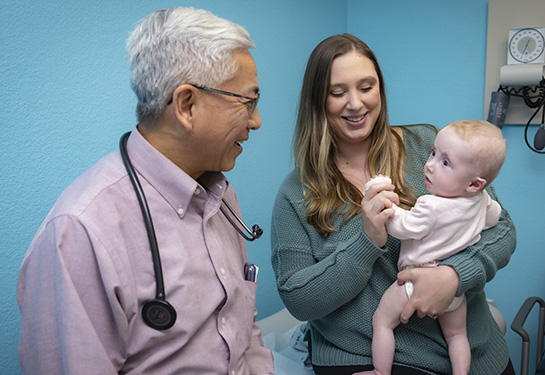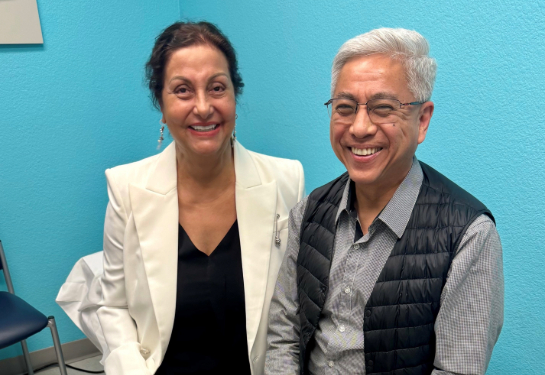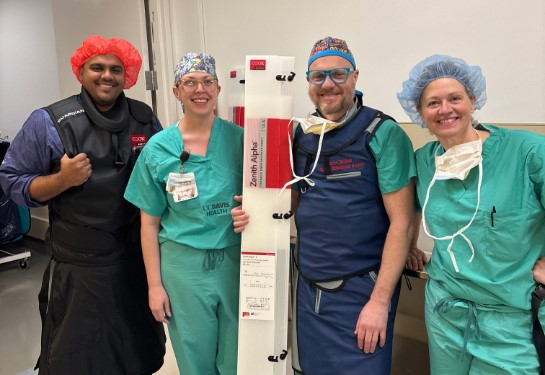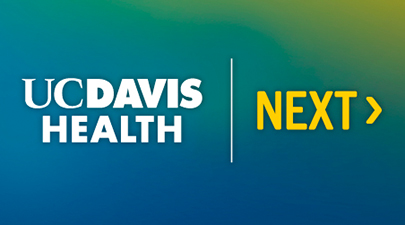Abdominal aortic aneurysm surveillance program saving lives
Innovative program developed by UC Davis Health and AI software company Illuminate
UC Davis Health and AI (artificial intelligence) software company Illuminate have developed a centralized abdominal aortic aneurysm surveillance program that is saving lives. The effort identifies at-risk abdominal aortic aneurysm (AAA) patients who may have been ‘lost-to-follow-up’ because they missed care during the pandemic or other factors.
In its first six months, the program has identified over 11,000 patients with some mention of AAA who could benefit from monitoring. Over 10,000 patients were reviewed and 1,119 patients who were lost to care are now under active surveillance and management by nurse navigators.
Of those, 81 patients visited UC Davis Health, which resulted in 146 diagnostic imaging studies, one diagnostic angiogram, and 10 life-saving AAA surgical procedures.
“Abdominal aortic aneurysms that have been discovered prior to rupture need to be measured, closely monitored and evaluated for treatment,” explained Matthew W. Mell, medical director of the Vascular Center. “Small aneurysms, those less than five centimeters in diameter, can often be left untreated, yet they need to be observed periodically to check for growth.”
An abdominal aortic aneurysm is the ballooning of a portion of the aorta, the largest artery in the body. Aneurysms are the result of weakening and thinning of the aortic wall. When a portion of it stretches and swells to more than 50 percent of the original diameter, it is called an aneurysm. Aneurysms in the abdominal portion of the aorta — below the diaphragm — are the most common.
As a leading academic medical center with a patient-centered focus on digital health, UC Davis Health has implemented Illuminate, Inc.’s Discovery 360 Services and ActKnowledge AI software. The goal is to identify existing patients in the UC Davis electronic health record who may have an abdominal aortic aneurysm and who need follow-up care.
Identified patients are then contacted by a UC Davis Health nurse navigator who explains the program and the process. The nurse also educates the patient about the importance of follow-up and ongoing surveillance by their primary care physician and serves as an educational resource for the patient when they have additional questions.
“The goal of this program is to support primary care physicians to manage our AAA patients with small aneurysms before they become a problem, and streamline the process of vascular surgery referrals,” said Mell. “We hope this will help improve patient outcomes by reducing the risk of a patient experiencing an aneurysm rupture by offering AAA repair to appropriate patients.”
According to the Society for Vascular Surgery, each year 200,000 people in the United States are diagnosed with an AAA. A ruptured AAA is the 15th leading cause of death in the country and the 10th leading cause of death in men older than 55.
“This is but one example of how the Vascular Center is using cutting edge software technology to improve patient care and clinical outcomes,” added Mell. “I appreciate all the hard work of our amazing team, who have been crucial in getting the aortic aneurysm surveillance program operational. And a special thanks to the UC Davis information technology team, who worked closely with the Illuminate team to implement this program.”
Illuminate is an AI software company that also provides nurse navigation services. This unique combination enables it to lead the way in partnering with physicians and health systems to optimize patient care. Its business is built around helping health care practices thrive in an increasingly digital world.
“We are pleased that our efforts have had an immediate and dramatic impact on vascular patient care at UC Davis,” said Matt McLenon, CEO of Illuminate. “This is an exciting time where we are able to use technology to make significant improvements in patient care. We look forward to our continued partnership and building on this early success.”





